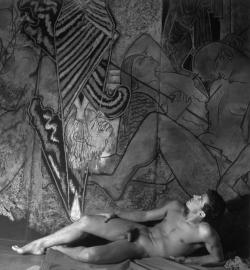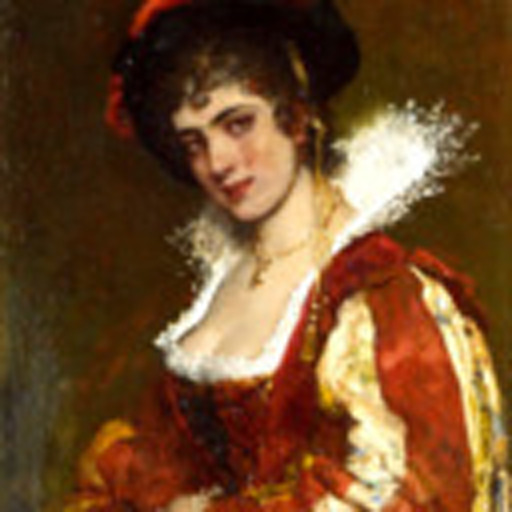published on: 2022-07-02 18:13:30

jeroenapers: Vivienda Ourena in Paraguay door Javier Corbaran.

life-imitates-art-far-more:Pierre Laviron (1650-1685)“Ganymede”

life-imitates-art-far-more:Pierre Laviron (1650-1685)“Ganymede”

fluffy-happens-everyday:

artballetoperaclassical: Stoneware pot by Henri Simmen with

deviatesinc:Édouard Dermit and Cocteau’s tapestry “Judith

















































